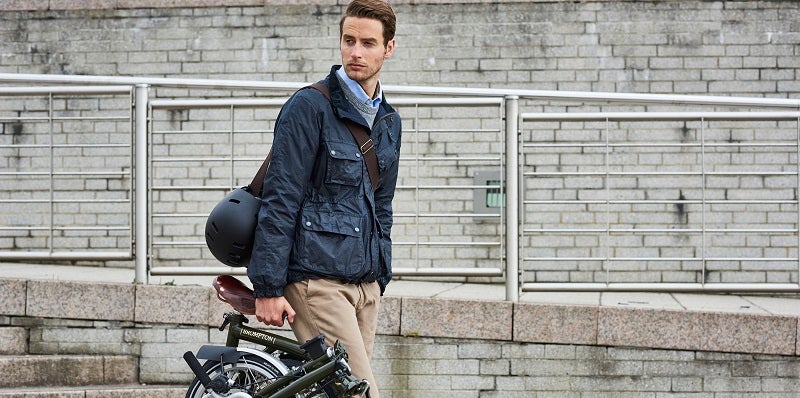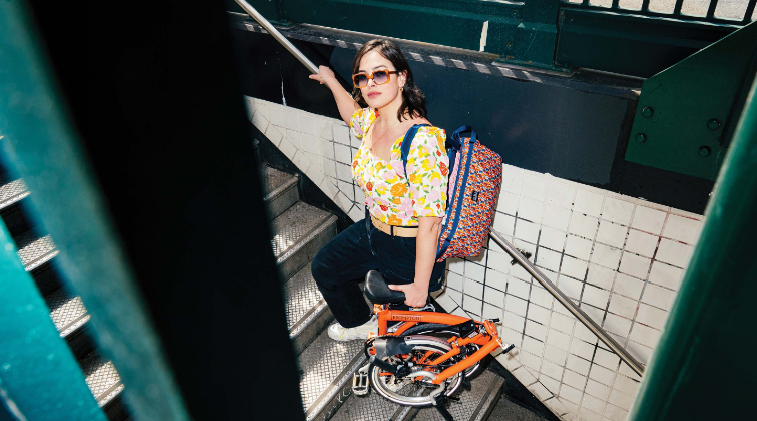CYCLING FOR ALL
"As societies continue to cope with the countless problems that car-centric urban planning has caused to our cities, officials, planners and designers around the world are developing policies aimed at shifting trips from private motorized modes of transport towards sustainable mobility. Moreover, scientific evidence overwhelmingly confirms that increasing walking and cycling brings about environmental, economic and health benefits in our communities. How can we ensure that these benefits reach the majority of residents and not just a few?
Stand for a couple of minutes at the Blackfriars Bridge Cycle Superhighway in central London during rush hours and you can witness thousands of bicycles on a protected cycle lane outnumbering cars on the main road. This is one of many snapshots that confirms the remarkable progress that London has achieved in increasing and improving urban cycling, as cycling journeys have increased 100% in London since 20001. Such progress, however, hasn’t translated into more diversity in cycling since current cyclists are mostly white (64%) and male (63%)2. This lack of diversity in cycling has important social implications, especially when underrepresented groups are affected by physical and mental health problems like obesity and anxiety, sometimes at larger rates than white males. Women and ethnic minorities that don’t cycle can’t access the several mental, social and physical health benefits associated with cycling.
Strategic planning that provides a safe, comfortable and convenient alternative for Londoners from all walks of life to cycle, has the potential to authentically transform cycling, and transport, in the city. In its 2017 Analysis of Cycling Potential Report, TfL identified 8.17 million motorized trips (half of which are made by private car) that could be shifted to cycling. Roughly half of these trips are for shopping and leisure purposes (only 16% for commuting), 55% are made by women and 38% by Black, Asian and Minority Ethnic (BAME) users.
How can planners increase cycling diversity in London? The research I completed for my master’s dissertation confirms what several academics have concluded: most urban dwellers, regardless of their ethnicity or gender, consider road safety to be one of the main barriers to take up or increase cycling. Infrastructure, whether it is protected cycle lanes or traffic calming measures like modal filters, was selected as the main element that enables users to adopt or increase cycling. However, safe and convenient infrastructure is particularly relevant for women’s transport dynamics, whose trips are chained with multiple stops and/or encumbered with cargo or passengers (like shopping or dropping kids to school) and therefore more complex than men’s pendular trips. Muslim women cyclists I interviewed recently for my Urban Regeneration MSc dissertation acknowledged that community initiatives like cycling clubs and rides provided them with a support platform where they could express their shared experiences and challenges, and make progress on their urban cycling skills. Some of them claimed that seeing other women cycling with Muslim garments (like the hijab) inspired them to start cycling.
Despite London’s modest cycling mode share (2%), efforts to increase it through initiatives that foster diversity in cycling are proving to be successful. High quality infrastructure provides an essential starting point for safe riding, but targeted investments for community initiatives can speed up adoption and normalize cycling amongst underrepresented groups. For instance, the Waltham Forest Mini Holland project is a borough-wide initiative in outer London that features protected cycle lanes, modal filters, bicycle parking and cycle deliveries. However, the Waltham Forest Council and TfL have also supported “soft” initiatives such as personal cycle training, Muslim women community groups like Cycle Sisters and the Hornbeam Joyriders, and training to adapt bicycles for carrying babies and cargo. TfL, using its Healthy Streets approach, and other councils across London are developing ambitious low-traffic initiatives like two other Mini Hollands in Enfield and Kingston and the Liveable Streets program in Tower Hamlets, amongst many others. TfL’s Cycling and Walking Grants program has funded hundreds of community groups with the aim to incentivize cycling amongst underrepresented groups through initiatives like bicycle maintenance workshops for women and BAMEs, cycling groups for children and the elderly and bicycle sharing for people with disabilities.
Ridding our cities from car-dependence and increasing cycling mobility will make our communities healthier, greener and more vibrant. However, cycling also has the potential to make our cities more just and equitable, where every person, regardless of their age, gender, ability or ethnic background has access to an authentic and pleasant urban experience.""
1, 2 Travel in London Report 11 (TFL, 2018). (http://content.tfl.gov.uk/travel-in-london-report-11.pdf)
Giovanni Zayas is an active mobility consultant and a member of the Tower Hamlets Wheelers
Find out more about our Campaign for Movement.


